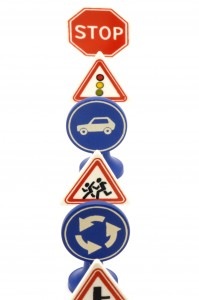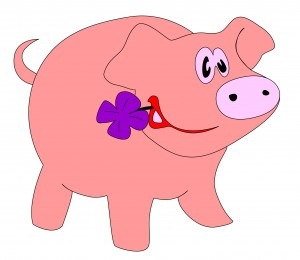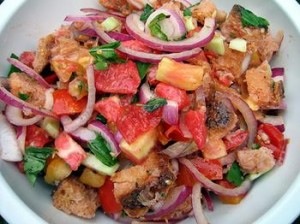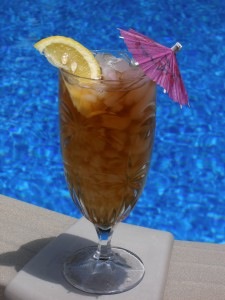What Else Do You Do When You Eat?
Where do you have your breakfast? In the car or train while you’re going to work? Maybe while you’re walking down the street juggling that cup of joe, a muffin, and your books, papers, and tote.
How about lunch. Do you eat at your desk? Standing in front of the kitchen sink? In front of the computer?
A poll of more than 1500 people (Wansink, Mindless Eating), found that:
- 91% usually watch TV when eating meals at home alone
- 62% are frequently too busy to sit down and eat
- 35% eat lunch at their desk
- 26% often eat while they drive
Multi-Tasking = Distraction = Mindless Eating
When you multi-task you are distracted. Distraction is the enemy of weight management. Any kind of distraction will make you eat, or forget what or how much you are eating, or even why you are eating. When you’re distracted your focus is certainly not on your food the classic recipe for mindless eating.
SocialDieter Tip:
Everyone is busy. Everyone eats. Putting the two together can lead to mindless eating and poor weight management. How about making some rules for yourself? I won’t, without guilt, recommend eating without doing other things. That’s the classic recommendation – but I would be two-faced to utter it because I frequently eat while I work. However, if you are like me, perhaps set a rule that you are going to serve yourself a certain portion and that’s all you will eat. Or, maybe you want to turn over a new leaf and solely concentrate on your meal. The choice is yours. Just make it a mindful one.




